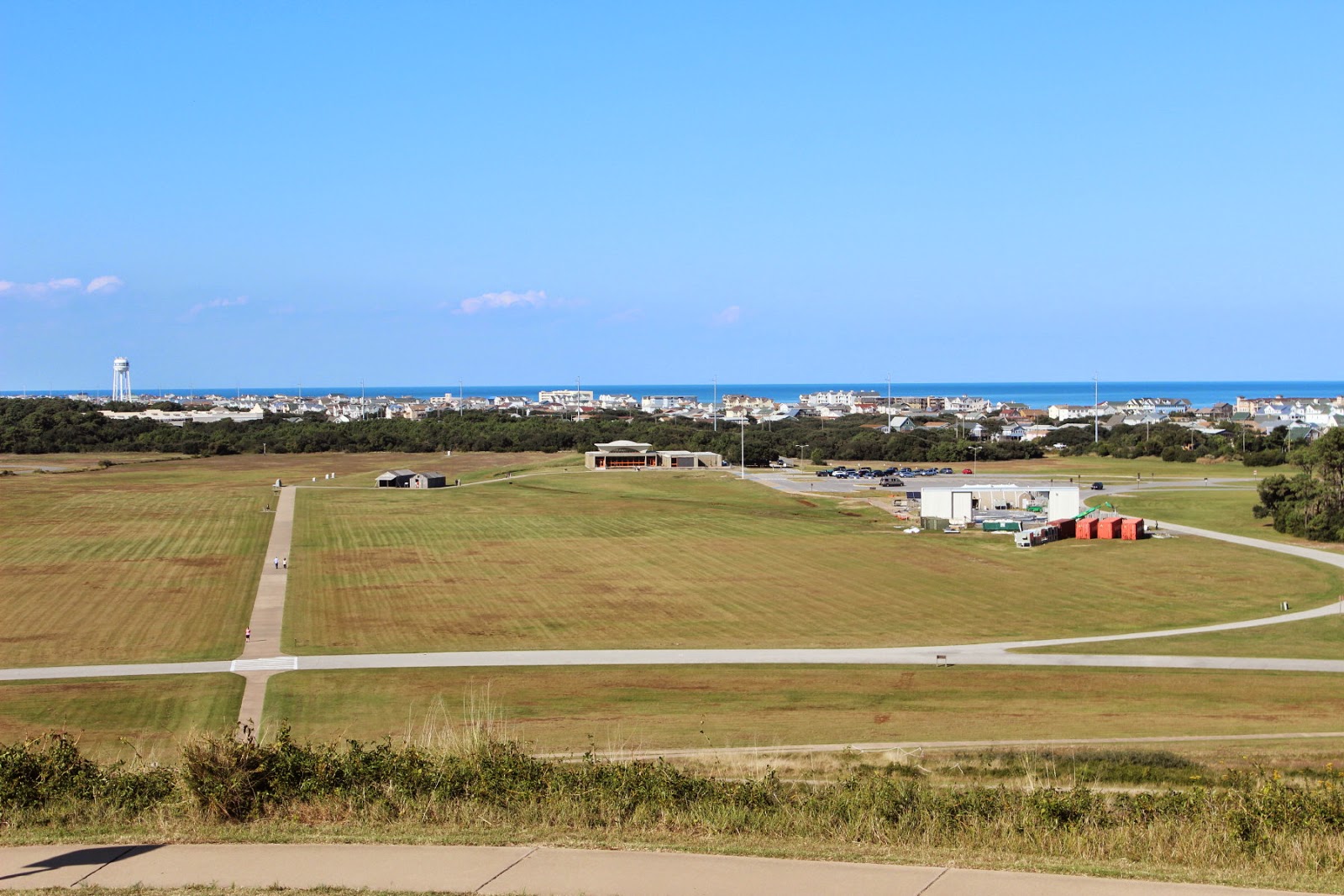Our next stop is south to look at Chincoteague
Jan and I really enjoyed our short visit to Chincoteague which is the lower end of Assateague Island. We stopped at the Bateman Center which is run by the National Wildlife Refuge. Assateague is in Maryland and Chincoteague is in Virginia. The center had some great displays. Along the road to the beach were some egrets waiting for their pictures to be taken.
This one obliged us by displaying his just caught fish. What was even more fun was watching him swallow the fish. They manage to flip the fish 90 degrees to swallow head first. Then you can watch the progress of the fish down that long, long throat. This area is a large stopover spot for migrating birds.
The Assoteague Lighthouse is close to the Bateman Center and the Beach. Jan and I are keeping Chincoteague on our list. There are some nice bike paths and lots of birdwatching and beach area.
The lighthouses are a popular visiting spot for tourists all year round.
Way back in time, we remember a trip with busses down a very quiet Route 13 in Virginia to the Chesapeake Bay Bridge Tunnel. A 20 mile expanse of bridges and two tunnels to cut across to Virginia Beach and avoid the traffic of Baltimore and Washington, D.C.
At times , you might see the large Navy ships crossing to go to Newport News, but not today.
A very reasonable ride around Norfolk and Virginia Beach leads us to Route 13 and Route 168 south to the Outer Banks and North Carolina.
One of the first stops was at Kitty Hawk and the Wright Brothers National Park.
December 17, 1903, the first flight of man. Only 12 years before Grampa Maggs was born!!
We were impressed by the research and applied engineering knowledge of the brothers, especially Orville.
The museum has full scale reproductions of the first gliders of the Wright brothers and then also this full sized reproduction of the first plane.
Bruce thought he just had to help Orville with the wing controls for a successful flight!!
Kitty Hawk gave the Wright brothers the perfect open spot with reasonable winds to test the many designs for the wings of their gliders and the plane.
The gliders were launched from this hill called Kill Devil Hills, but the motorized plane was launched from the lower level surface with help from a rail launcher.
What a nice campground at Camp Hatteras in Wave, North Carolina. This picture of one of about 30 kite boarders was right from our campsite.
A weather front was moving in and the winds were gusting from the 20's to 30 or more mph.
Not only a front row seat for the kite boarders, but also a great view for the sunset.
We had mentioned about 30 kite boarders? Of all of those, only 2 were able to get air time on their corners or jumping over waves. This boarder is at least 10 feet above the water. Sometimes he was able to get even higher.
From our campground, Jan and I did a nice drive all the way down to Hatteras Village. To go further would have meant taking a ferry over to Ocracoke.
A nice stop near the village is Cape Hatteras Light Station
This is the tallest brick lighthouse in North America. Like our Highland Light in Truro, Mass., this lighthouse was moved back from the beach in 1999. The Outer Banks are constantly changing with erosion and redeposited sand.
The light keepers house on the property has been converted into a very informative museum. One room is dedicated to pictures and a description of the 1999 move to the new location.
Another room gives a lot of information about the submarine threat off this coast in the early 1940's during World War II. We never realized that during March and April of 1942, the German submarines were sinking about one merchant ship per day.!! Right off the coast of the Outer Banks. One submarine wreck was just recently discovered and reported on the national news this week.
Heading away from the Outer Banks, Jan and I head over Route 64( not the interstate). The first part takes us over Roanoke Island.
These condominium owners seem to have a pretty great place to dock their boats.
Pretty nice boats!
State Route 64 follows the south side of Albermarle Sound and the Alligator River. This also includes the Intracoastal Waterway.
This route takes us on some beautiful back roads as we head to our Corps of Engineer campground on the John Kerr Reservoir.
Along the way , we can see lots of activity in the many fields. Lots and lots of cotton fields. Some being harvested and others already done. These are two trailers of harvested cotton which are being compressed into large bales like the one covered in red. We also passed fields of peanuts and large bins of harvested peanuts. Not to mention, strange looking fields of what looked like green sticks with a few small leaves. A local indicated that these were tobacco plants that had probably had most of the leaves harvested already.
When you are on a two lane road with a trailer truck behind you and everyone going about 60mph, you better not slow down too much. Jan is great at taking the rolling side shots.
This is a small part of a large cotton field.
.jpg)
The above illustrates the advantages of travel away from the interstates. Sometimes a bit more challenging, but often giving a much better idea of the area.
This leg of our adventure ends here at Rudds Creek COE Campground in Boydton, Virginia. This is close to the North Carolina and Virginia border , west of Routes 95 and 85.





















No comments:
Post a Comment